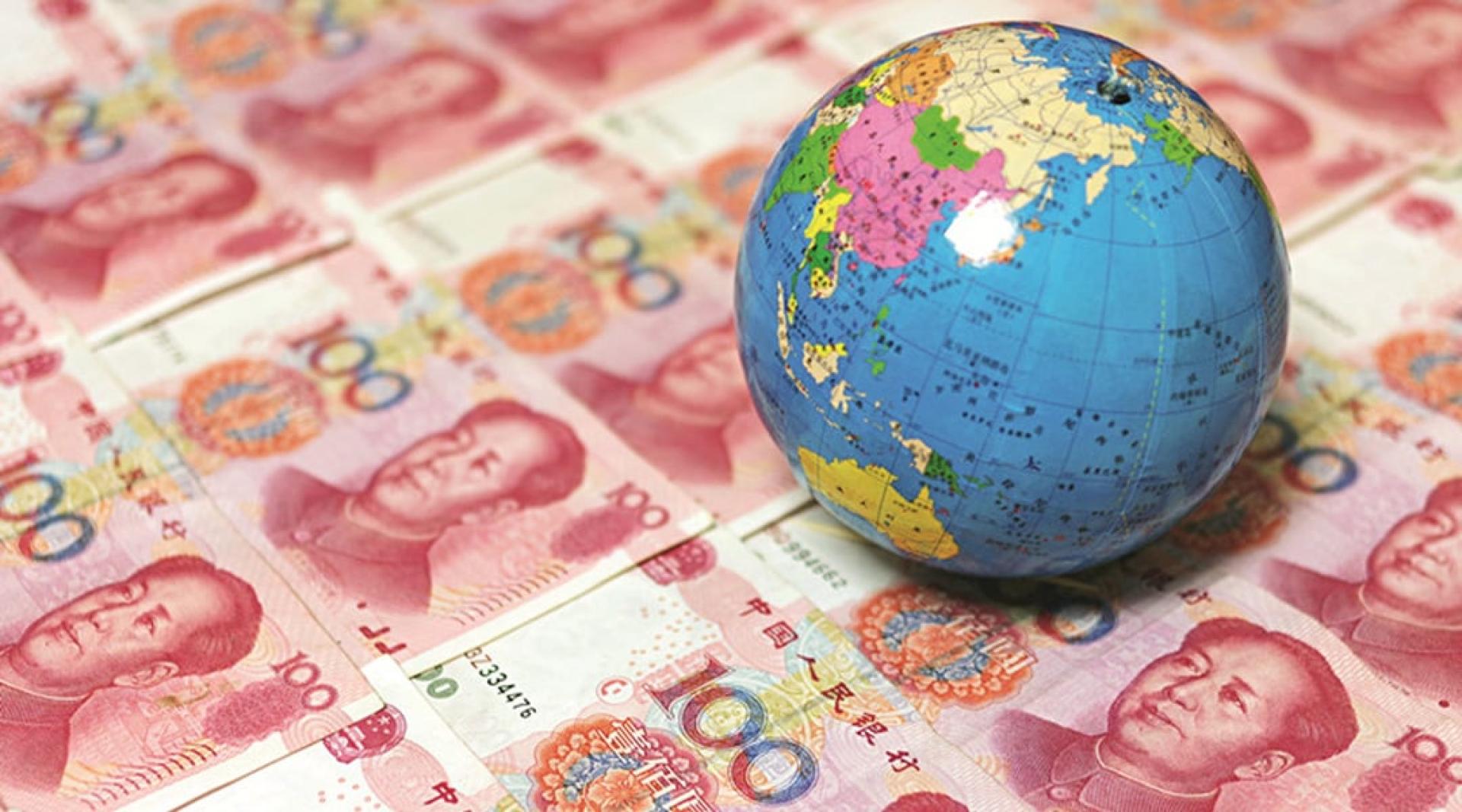China is leveraging its status as the world's largest creditor to promote the internationalization of the RMB, offering overseas borrowers the opportunity to abandon the US dollar and instead benefit from the RMB’s low interest rates.
This week, Ethiopia is considering converting at least a portion of its $5.38 billion (22.754 billion MYR) debt to Beijing into RMB-denominated loans. More and more sovereign countries are also turning to bond issuances to obtain low-interest financing from China.
Earlier this month, Kenya also converted its Chinese railway loans from US dollars to RMB, reducing its annual debt servicing costs by $215 million (909 million MYR).
According to Bloomberg, sources familiar with official thinking said that China supports the conversion of US dollar loans originally used to purchase its goods and services.
Sources noted that such measures make it more convenient for borrowers to pay for Chinese goods in RMB, thereby enhancing the RMB’s status in trade settlement and financing. One of the sources stated that similar rules may also apply to new loans extended to countries outside Africa.
The report also pointed out that even without taking geopolitical considerations into account, it has become possible to enhance the international standing of the RMB, because as China faces sustained deflationary pressure and economic slowdown, adopting a loose monetary policy has become a necessary response.
According to data compiled by Bloomberg, as of this October, the total amount of bonds and loans issued by governments, policy banks, and international institutions reached 68 billion RMB (40.37 billion MYR), which is double the total for the whole of 2024.
